Italian-Bichon vs. Schnug: Breed Differences and Similarities
Hypoallergenic
Are Italian-Bichons or Schnugs hypoallergenic, or neither?
While no dogs are truly 100% hypoallergenic, Italian-Bichons are about as close as it gets, making them an ideal pet if you are an allergy sufferer.
Unfortunately, the Schnug is not hypoallergenic, making it not a good choice for a dog lover who suffers from pet allergies.
Temperament
What are the personalities of Italian-Bichon and Schnug dogs?
Playful
Agile
Sensitive
Intelligent
Affectionate
Gentle
Companionable
Cheerful
Athletic
Mischievous
Playful
Courageous
Intelligent
Friendly
Affectionate
Loyal
Devoted
Lively
Gentle
Going
Trainable
Good-natured
Cheerful
Shedding Level
Do Italian-Bichons shed more than Schnugs, or which breed sheds more, Italian-Bichons or Schnugs?
Italian-Bichons are low shedding dogs, requiring minimal coat care.
Schnugs are moderate shedders, but regular brushing can reduce shedding and maintain coat health.
Watchdog Ability
Which dog breed makes a better watchdog, the Italian-Bichon or Schnug?
Avoid Italian-Bichons as watchdogs - they're not effective.
Schnugs aren't great guard dogs; they tend to just watch without taking action.
Ancestry
What are the origins of Italian-Bichon and Schnug breeds?
Bichon Frise and Italian Greyhound
Miniature Schnauzer, Pug
Breed recognition
Which kennel clubs recognize/register Italian-Bichon and Schnug?
ACHC = American Canine Hybrid Club
DBR = Designer Breed Registry
DDKC = Designer Dogs Kennel Club
DRA = Dog Registry of America, Inc.
ACHC = American Canine Hybrid Club
DDKC = Designer Dogs Kennel Club
DRA = Dog Registry of America, Inc.
IDCR = International Designer Canine Registry®
Date of Birth
When were Italian-Bichon and Schnug breeds first developed?
2000's
Unknown
Eye Color Possibilites
What are the eye colors of Italian-Bichon and Schnug dogs?
Brown
Brown
Amber
Nose Color Possibilites
What are the natural nose colors of Italian-Bichon and Schnug?
Black
Black
Coat Color Possibilites
What are the natural colors of the coat for Italian-Bichon and Schnug breeds?
Cream
Fawn
Sable
White
Black
Brown
Red
Cream
Fawn
Coat Length
What is the typical coat length for Italian-Bichon and Schnug breeds?
Italian-Bichons have short coats.
Schnugs have medium-length coats.
Coat Density
What is the density of the coat of Italian-Bichon and Schnug?
Coat Texture
What is the hair texture of Italian-Bichon and Schnug?
Straight
Litter Size
What is the usual litter size for Italian-Bichon and Schnug?
An Italian-Bichon can have a litter of 2-5 puppies on average. However, it's worth noting that the size of the litters can vary greatly. Factors that can influence litter size include the health of the mother, breeding history, and genetics.
A Schnug can have a litter of 4-8 puppies on average. However, it's worth noting that the size of the litters can vary greatly. Factors that can influence litter size include the health of the mother, breeding history, and genetics.
Adaptability
Italian-Bichons are highly adaptable and versatile, making them excellent companions for families and individuals of all lifestyles.
Schnugs are known for their adaptability and can adjust well to different environments and lifestyle changes.
Health Issues
Between Italian-Bichon and Schnug, which breed is more prone to health problems?
Italian-Bichon and Schnug breeds are generally considered to be healthy. However, like all breeds, they are susceptible to certain health issues and it is important to keep an eye out for them and address them with your veterinarian as needed.
Major Concerns
What are the major health concerns for Italian-Bichon and Schnug breeds?
Urolithiasis
Patent Ductus Arteriosus
Epilepsy
Hip And Elbow Dysplasia
Diabetes
Von Willebrand's Disease
Kidney Stones
Minor Concerns
What minor health issues should be kept in mind when owning Italian-Bichon and Schnug?
Cataracts
Shaker Dog Syndrome
Small Incidence Of Hereditary Eye Diseases Such As Collie Eye Anomaly And Primary Lens Luxation
Weight Gain
Dry Eye
Occasional Tests
What occasional tests are recommended for Italian-Bichon and Schnug breeds?
Urinalysis
Blood Count
Ophthalmologic Examination
Blood Chemistry
Urinalysis
Buccal Mucosal Screening
Blood Chemistry
Blood Glucose Tests
Physical and Neurologic Examination
Complete Ophthalmologic Examination
Blood Tests and Blood Count
X-rays or other radiographic imaging
Energy
How do the energy levels of Italian-Bichons and Schnugs compare?
Italian-Bichons are suitable for those with a balanced lifestyle as they have an average energy level.
Schnugs are a good choice for a low-key lifestyle due to their low energy levels.
Social Needs
Italian-Bichon vs Schnug social needs comparison
Italian-Bichon has above average social needs and thrives with interaction with humans and other dogs.
Schnug has very high social needs and requires regular mental and physical stimulation, a job or purpose, and companionship.
Exercise Needed
Italian-Bichon vs Schnug exercise need comparison.
The Italian-Bichon and Schnug breeds require a moderate amount of physical activity to maintain a healthy lifestyle. They are ideal for people who have a moderate amount of time to devote to their pets and enjoy regular physical activity themselves. They also make great family pets as they have the energy to keep up with children and the temperament to be great companions.
Sleeping Need
Which of the two sleeps the most/least: Italian-Bichon or Schnug?
Italian-Bichons have moderate energy levels and typical sleep patterns of 12-14 hours per day.
Schnugs sleep less than other breeds but still need adequate sleep for good health.
Tendency to Bark
Do Italian-Bichons or Schnugs bark more/less frequently?
Italian-Bichon and Schnugs tend to bark moderately, they bark when necessary, such as to alert their owner or to communicate something. They may also bark due to certain triggers like fear, alarm, boredom, greeting, separation anxiety and compulsive barking.
Mouthiness
Mouthiness Comparison: Italian-Bichon vs Schnug?
Roaming urge
Italian-Bichon vs Labrador: Running away tendency?
Prey Drive
Italian-Bichon or Schnug - which breed has a higher level of prey drive?
Activity Level
Which breed has higher energy, Italian-Bichons or Schnugs?
Both Italian-Bichon and Schnug are medium-energy dogs that enjoy socializing and playing with other dogs. They may engage in casual or sustained games of chase, and occasionally have bursts of barking or racing around the house.
Tolerance of being left alone
Walks per Week
How many miles should Italian-Bichon or Schnug walk each week?
There's really no limit to how far you walk your dog as long as they're comfortable. For Italian-Bichon, it's at least 9 miles / week. Just remember to build distance and stamina gradually over time.
There's really no limit to how far you walk your dog as long as they're comfortable. For Schnug, it's at least 8 miles / week. Just remember to build distance and stamina gradually over time.
Activity per Day
Do Italian-Bichons or Schnugs require more exercise?
Both Italian-Bichon and Schnug typically require a minimum of 45 minutes of exercise each day. The exercise can be spread throughout the day and may involve high-energy activities like walking, running, and playing.
Grooming
Which breed is easier to maintain in terms of grooming, Italian-Bichons or Schnugs?
Italian-Bichon and Schnug are breeds of dogs that require an average amount of grooming effort.
Brushing Frequency
What is the recommended brushing frequency for Italian-Bichon and Schnug dogs?
Italian-Bichon and Schnug should be brushed at least once a week. Of course, you can give them more frequent brushes if you find that they are still shedding a lot.
Brushing Tools
What brushing tools are used for Italian-Bichons and Schnugs?
Slicker Brush
Scissors
Nail Clipper
Pin Brush
Dematter
Comb
Cups
How much food should be given to Italian-Bichon or Schnug in cups?
Italian-Bichon and Schnug share the same recommended daily food intake of 1 cups, although the appropriate quantity may vary depending on the quality and nutritional content of their food.
Daily Cost
Which breed has a higher daily cost, Italian-Bichon or Schnug?
The average cost of an Italian-Bichon is somewhere $1.30 - $1.40 per day.
The average cost of a Schnug is somewhere $1.40 - $2.80 per day.
Monthly Cost
Which breed has a higher monthly cost, Italian-Bichon or Schnug?
The average per month expenses of an Italian-Bichon is between $35 - $42. This makes an average of $420 - $504 per year. It will be on the higher side when the dog is still small because it will need more frequent visits to the vet, shots.
The average per month expenses of a Schnug is between $36 - $49. This makes an average of $432 - $588 per year. It will be on the higher side when the dog is still small because it will need more frequent visits to the vet, shots.
Intelligence
Comparing Intelligence: Italian-Bichons vs Schnugs
Italian-Bichon and Schnug have average obedience intelligence, but they're also independent thinkers. This breed is known for having an exceptionally high IQ, which means they may get into trouble if left to their own devices.
Sensitivity Level
How do Italian-Bichon and Schnug compare in sensitivity?
This breed is sensitive to its environment and best suited for patient and understanding families with a consistent routine.
This breed is sensitive and requires gentle handling and a calm home environment.
Affection Dependance
Which is the more affectionate dog breed: Italian-Bichon vs Schnug?
Apartment Friendly
Which breed is more apartment-friendly: Italian-Bichon or Schnug?
Italian-Bichon and Schnug are apartment-friendly dog breeds. They can do perfectly well in apartments providing they are sufficiently exercised and taken out and about as part of their owner's daily lifestyle.
Child Friendly
Do Italian-Bichons or Schnugs have a friendlier temperament towards children?
Italian-Bichons have an average level of friendliness towards children.
Schnugs are good with kids if socialized and trained from a young age.
Senior-friendly
Which dog is more suitable as a pet for the elderly - Italian-Bichon or Schnug?
Cat Friendly
Do Italian-Bichon or Schnug breeds have a better compatibility with cats?
Italian-Bichons are good with cats, but early training is needed to prevent chasing behavior.
Schnugs are very friendly with cats and make great companions for them.
Dog Friendly
Which breed is more sociable with other dogs: Italian-Bichon or Schnug?
Italian-Bichons are friendly and active companions, and can be good family pets, though their friendliness towards other dogs may vary.
Schnugs are generally very friendly towards other dogs, with a happy and affectionate temperament.
Pet friendly
How do Italian-Bichon or Schnug dogs interact with other pets?
Stranger Friendly
Which breed is more friendly with strangers: Italian-Bichon or Schnug?
Italian-Bichon and Schnug are friendly dogs and typically won't bark at strangers. However, if you wish to change this behavior, training them is easy thanks to their intelligence, making it pretty simple to teach them anything.
Playfulness
Which breed is more playful between Italian-Bichon and Schnug?
Italian-Bichon and Schnug are playful dogs. So, no matter how busy the day may get, the best thing you can do for Italian-Bichon and Schnug is to make time each day to play. It can be as little as 15-20 minutes, and it will mean the world to them.
Trainability
How do the trainability levels of Italian-Bichons and Schnugs compare?
Italian-Bichon and Schnug dogs are usually easy to train, but may require consistency to fully obey commands.
Compare Italian-Bichon with other breeds
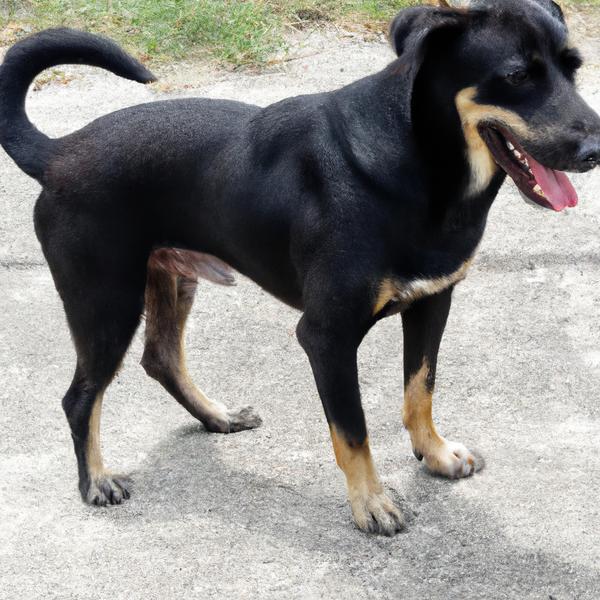
Malanees
Italian-Bichon vs Malanees

Soft-Coated Wheaten Terrier
Italian-Bichon vs Soft-Coated Wheaten Terrier
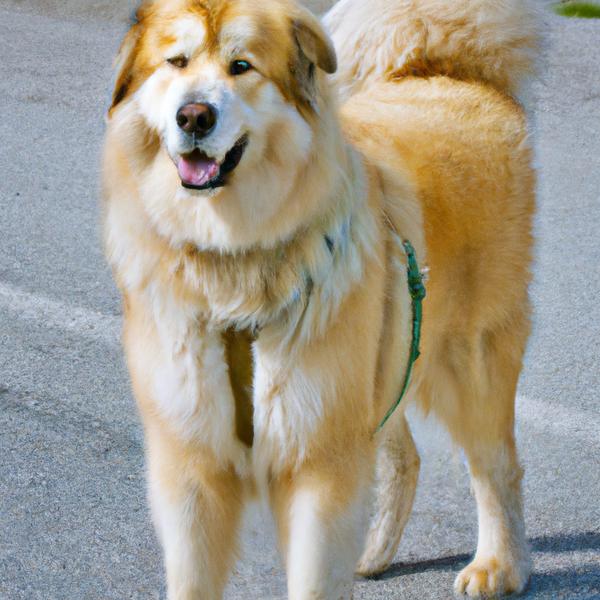
Alaskan Goldenmute
Italian-Bichon vs Alaskan Goldenmute
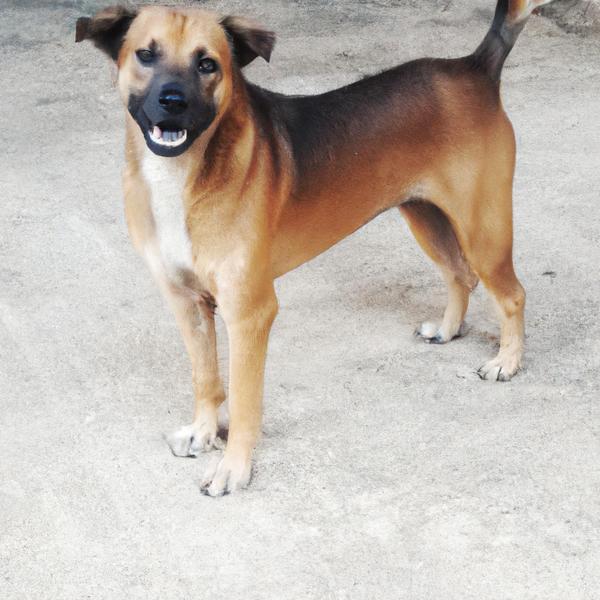
Bassugg
Italian-Bichon vs Bassugg
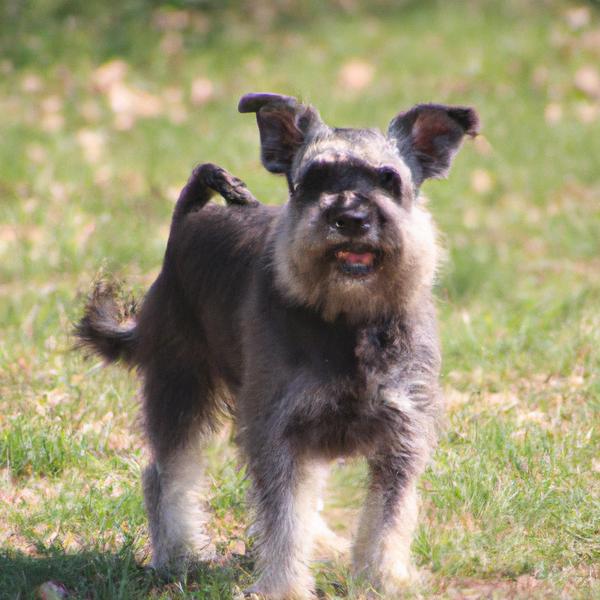
Schnug
Italian-Bichon vs Schnug

Sprollie
Italian-Bichon vs Sprollie
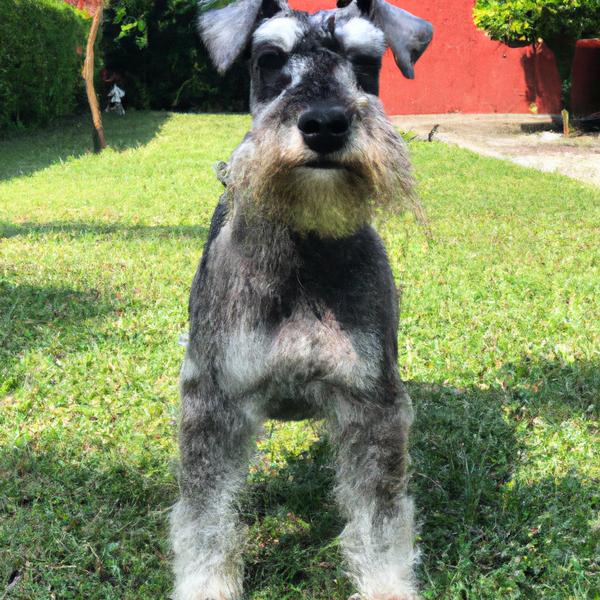
Crested Schnauzer
Italian-Bichon vs Crested Schnauzer
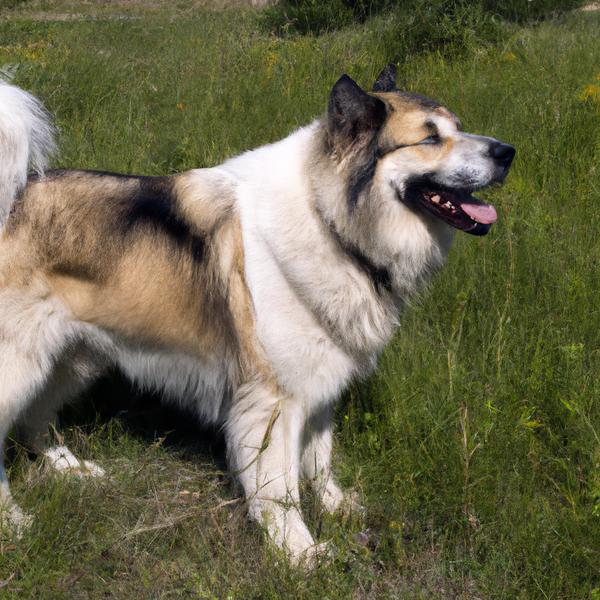
Alaskan Shepherd
Italian-Bichon vs Alaskan Shepherd
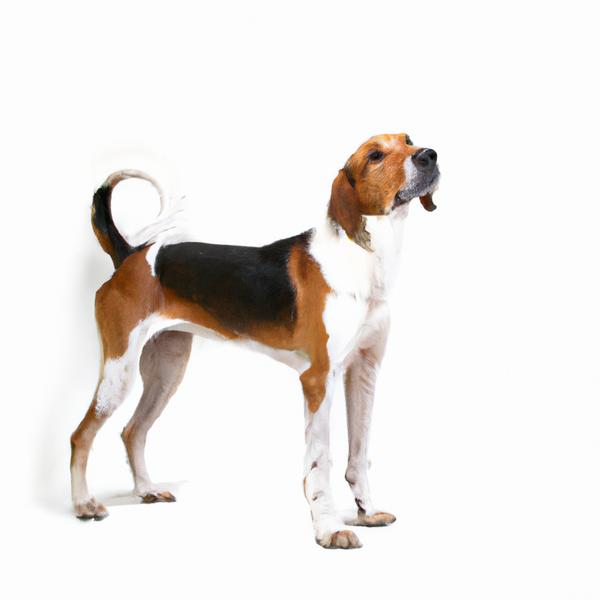
English Foxhound
Italian-Bichon vs English Foxhound
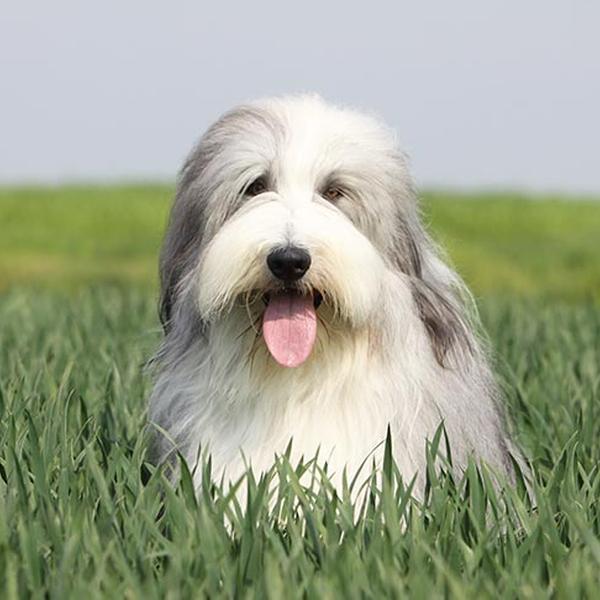
Bearded Collie
Italian-Bichon vs Bearded Collie
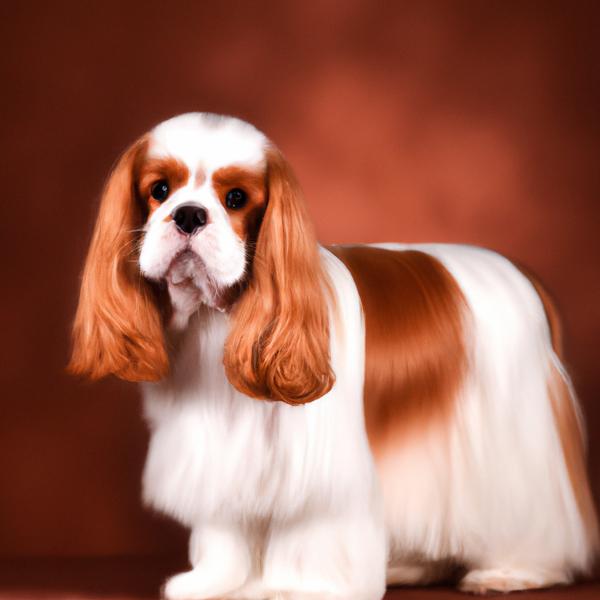
Cav-A-Malt
Italian-Bichon vs Cav-A-Malt

Airedale Terrier
Italian-Bichon vs Airedale Terrier
